Please share your experiences with these Damasks
nastarana
12 years ago
Related Stories

HOME OFFICESQuiet, Please! How to Cut Noise Pollution at Home
Leaf blowers, trucks or noisy neighbors driving you berserk? These sound-reduction strategies can help you hush things up
Full Story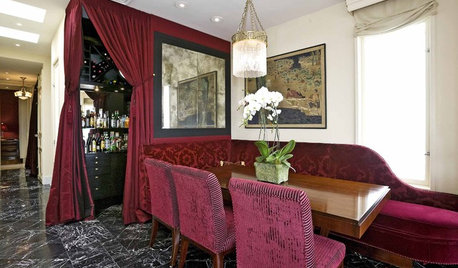
Yes, Please: Parisian Hotel Flair
Bring on the Bling to Recreate the City of Romance at Home
Full Story
SUMMER GARDENINGHouzz Call: Please Show Us Your Summer Garden!
Share pictures of your home and yard this summer — we’d love to feature them in an upcoming story
Full Story
LIFEThe Good House: An Experience to Remember
A home that enriches us is more than something we own. It invites meaningful experiences and connections
Full Story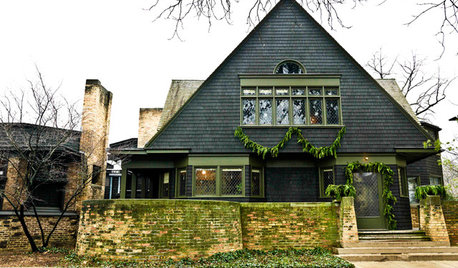
MOST POPULARExperience the Holidays at Frank Lloyd Wright's Home and Studio
Handmade decorations, greenery and gifts show how the famed architect and his family celebrated Christmas in their Oak Park home
Full Story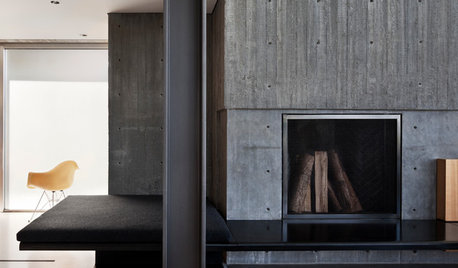
DESIGN PRACTICEDesign Practice: How to Ensure the Best Client Experience
Pro to pro: Learn about standard procedures to make clients happy and things easier on you
Full Story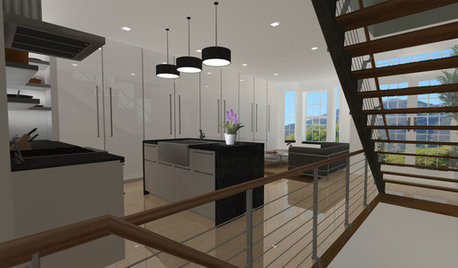
THE ART OF ARCHITECTUREExperience Your New Home — Before You Build It
Photorealistic renderings can give you a clearer picture of the house you're planning before you take the leap
Full Story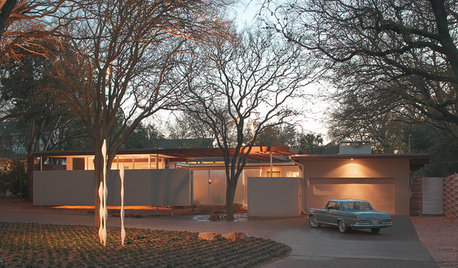
LANDSCAPE DESIGNArt Brings a New Experience to Modern Home Exteriors
Sculptures and paintings on a home's exterior can create impact and interest before anyone even steps inside
Full Story
DECORATING GUIDES10 Bedroom Design Ideas to Please Him and Her
Blend colors and styles to create a harmonious sanctuary for two, using these examples and tips
Full Story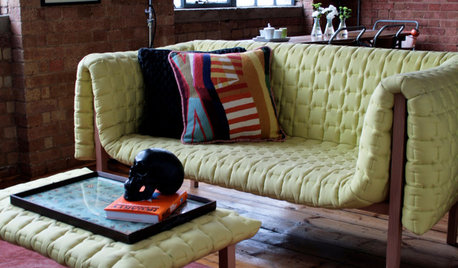
DECORATING GUIDESPlease Touch: Texture Makes Rooms Spring to Life
Great design stimulates all the senses, including touch. Check out these great uses of texture, then let your fingers do the walking
Full StoryMore Discussions








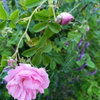

User
jacqueline9CA
Related Professionals
Hershey Landscape Architects & Landscape Designers · Rancho Cordova Landscape Architects & Landscape Designers · Clermont Landscape Contractors · Edinburg Landscape Contractors · El Segundo Landscape Contractors · Lynwood Landscape Contractors · Oak Harbor Landscape Contractors · Riverview Landscape Contractors · Seymour Landscape Contractors · St. Louis Landscape Contractors · Boulder Siding & Exteriors · Saint Charles Siding & Exteriors · San Jacinto Siding & Exteriors · West Elkridge Siding & Exteriors · Iowa City Siding & ExteriorsUser
nastaranaOriginal Author
User
User
nastaranaOriginal Author
User
User
nastaranaOriginal Author
odinthor
User
nastaranaOriginal Author
odinthor
melissa_thefarm
wintercat_gw
mariannese
wintercat_gw
wintercat_gw
odinthor
odinthor
lori_elf z6b MD
nastaranaOriginal Author
Claire Corcoran